Songye statue
09.11.2021
- Inventory number EO.1980.2.492
- Collection of Jeanne Walschot (1896-1977), antiquarian, Brussels, pre-1930
- Significant exhibition history
- Bequeathed to the museum by Walschot through Huguette Van Geluwe (curator at the museum) in 1977 (registered in 1980)
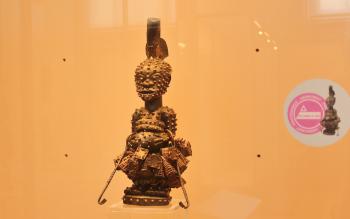
Patchy origins
This piece entered the museum's collections in 1980 as a result of a bequest by the Brussels dealer and collector Jeanne Walschot following her death in 1977. One of the reasons for the three-year delay between the collector's death and the object’s registration in the museum's inventory is the sheer size of the collection, which includes more than 3,000 objects, as well as archives.
The collection was amassed by Walschot in Belgium throughout the 20th century, from the First World War until the early 1970s. The dealer had a shop in the centre of Brussels that had acquired a reputation (including internationally) for the trade of Congolese objects. She also bought from former colonial officials through classified ads, and actively sought them out in the places they frequented.
Unfortunately, as with other objects from private collections that are now held by the museum, we do not have any information about the context in which this piece was acquired in Congo.
Limitations of a comparative approach
An identification of this type of object (without any information about its origin) can nevertheless be attempted using comparative studies of style, iconography, materials, etc., carried out on similar and better documented pieces. For this statue, the sculptural style of the Tempa (a Songye regional cultural group) can be corroborated by its similarity with several Mankishi statues (ritual objects) acquired during an expedition by Hungarian anthropologist Emil Torday in Congo in 1907.
Currently held at the British Museum, two of these (see image below) were acquired in the village of Okitulonga on the Sankuru River in the region inhabited by the Tempa and related cultural groups (Baeke 2004: 26). Nevertheless, it would be risky to deduce the provenance of the Tervuren museum's statue based simply on socio-geographic clues obtained by comparison.
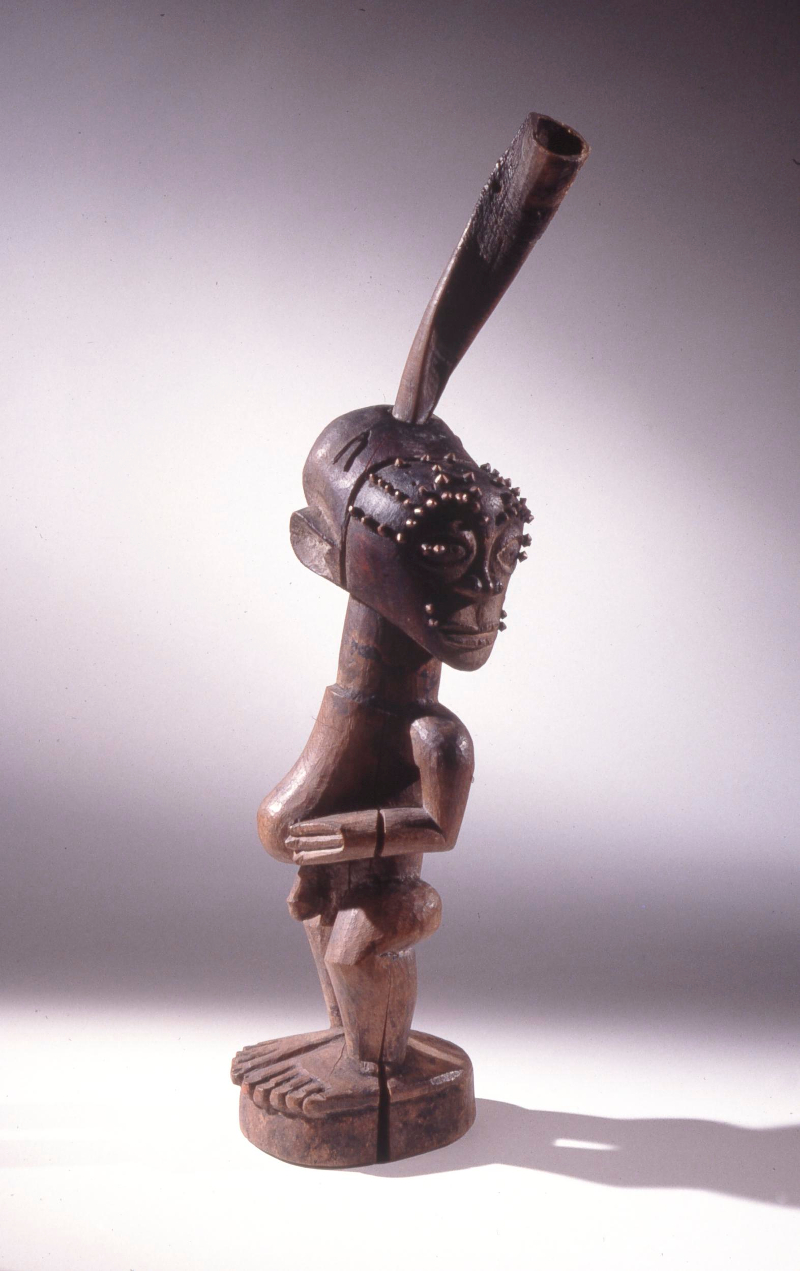
Moreover, it is known - and Torday's archives illustrate this especially (see illustration below) - that Songye statues were sometimes moved over long distances to other regions and became the property of other cultural groups with different ritual uses.
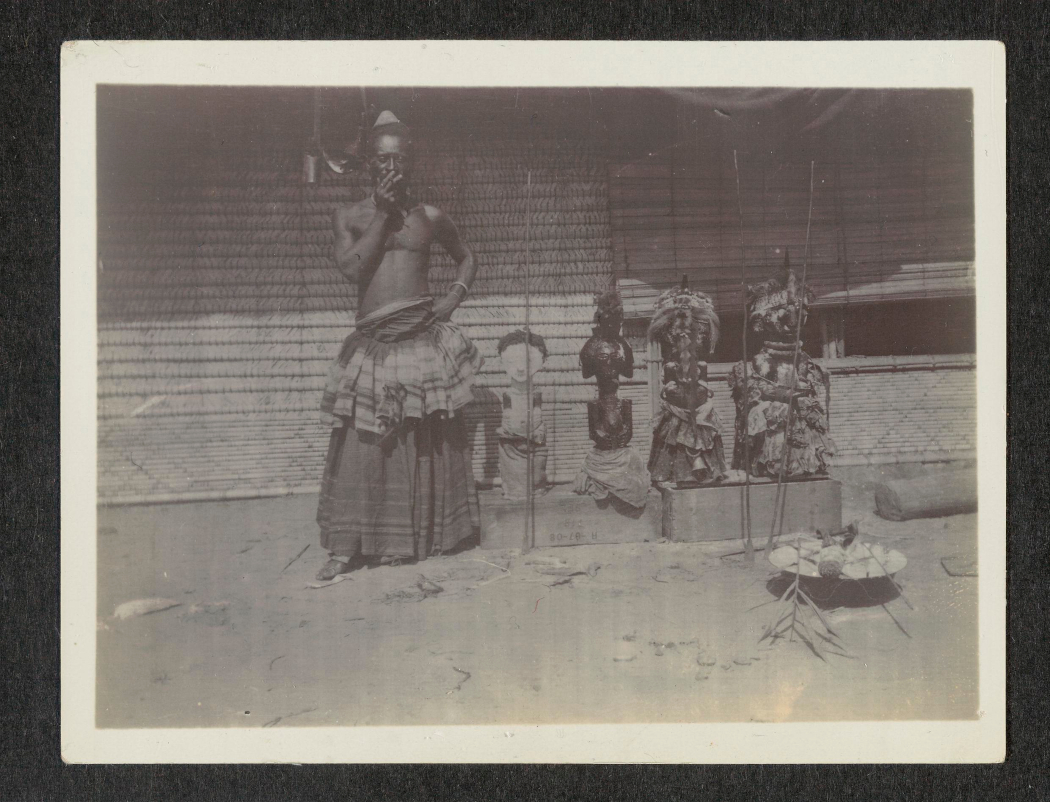
Inv. Af,Ca144.72 © The Trustees of the British Museum
A history in images
Beyond the walls of the museum, it is rare to find archives that can be used to cross-reference the history of the objects in the collections and shed light on their origin, but it is nevertheless sometimes possible to retrace their history after their arrival in Europe.
Due to the major cultural propaganda programme surrounding the Congo in the 1930s, the rise in photography and widespread recognition of African art as an art form during that period, many images show the circulation of this sculpture at several Belgian events, at the intersection of colonial, scientific and cultural networks.
This photograph was certainly taken by (or made available to) the propaganda and communication services of the Belgian Ministry of Colonies in order to illustrate the many events surrounding the Congo in 1930, particularly the Art Nègre exhibition at the Centre for Fine Arts in Brussels (see below).
Art Nègre, Centre for Fine Arts, Brussels, 1930:
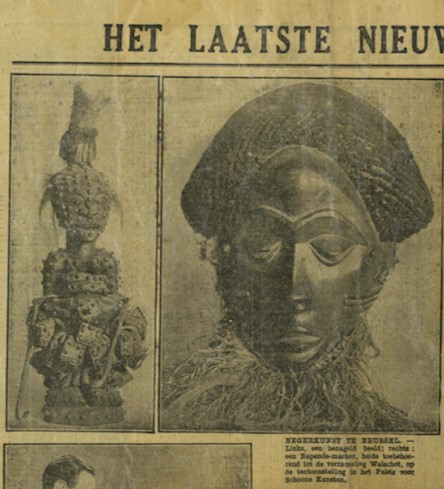
1000 objets nègres de la collection Walschot, Cercle Artistique et Littéraire, Théâtre royal du Parc, Brussels, 1933-34:
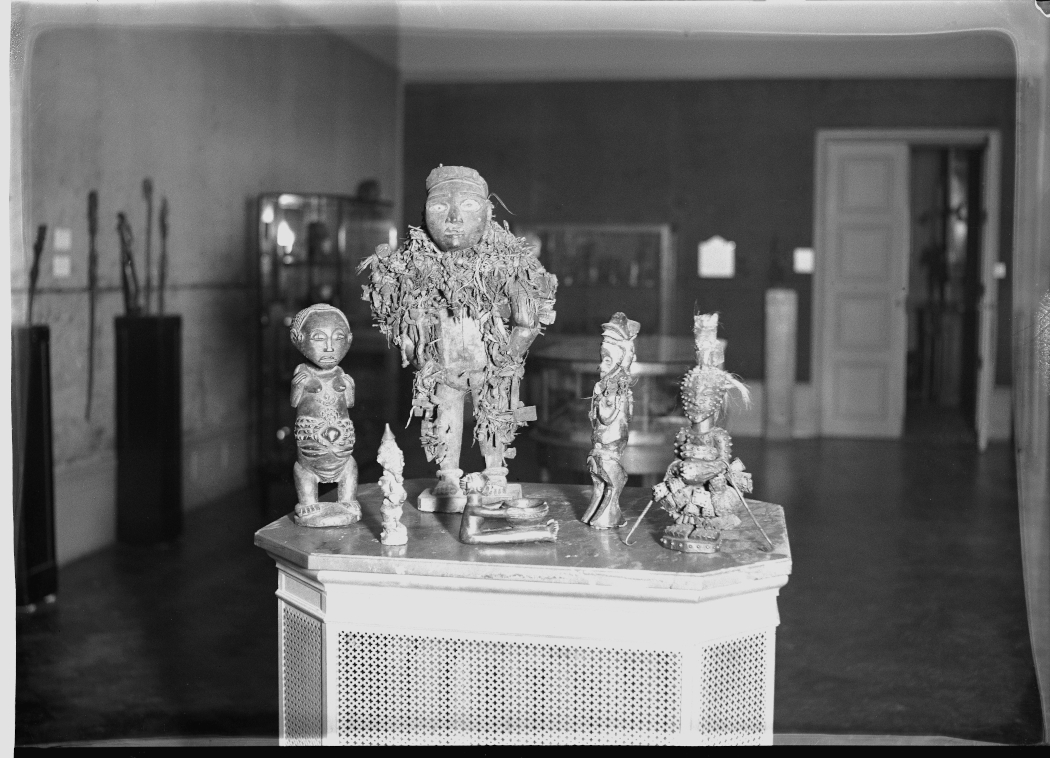
Kongo-Kunst, put together by Frans M. Olbrechts and opened in Antwerp in 1937:
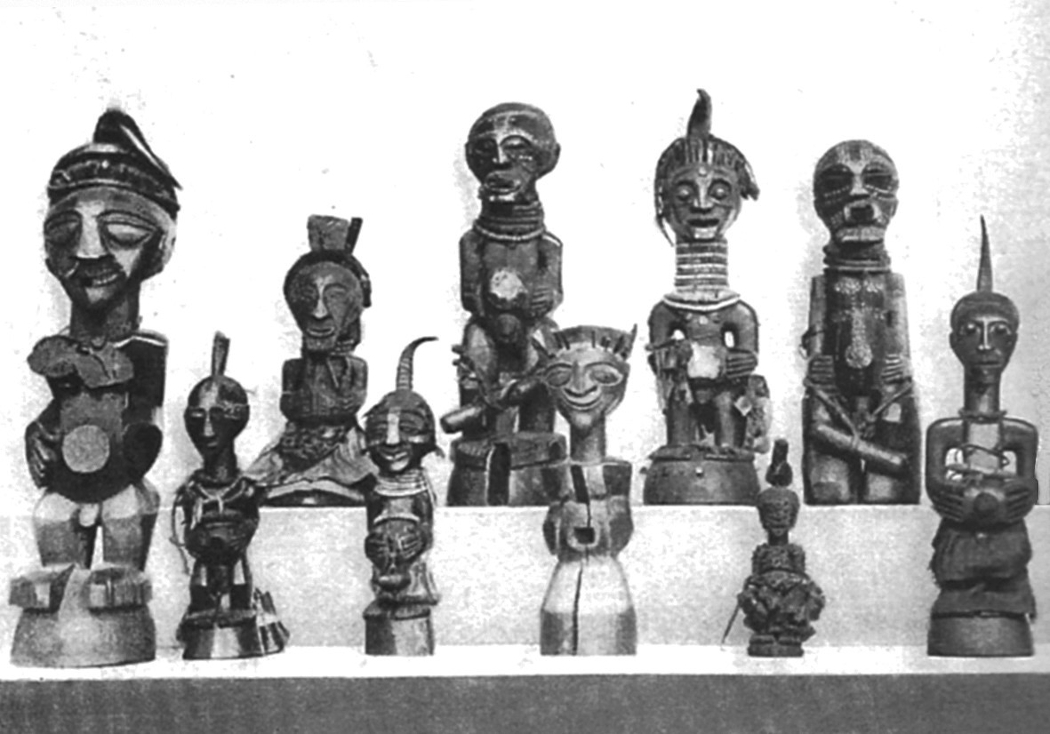
This sculpture was also photographed at the collector's house in a less conventional presentation.
At the collector's house (year?):
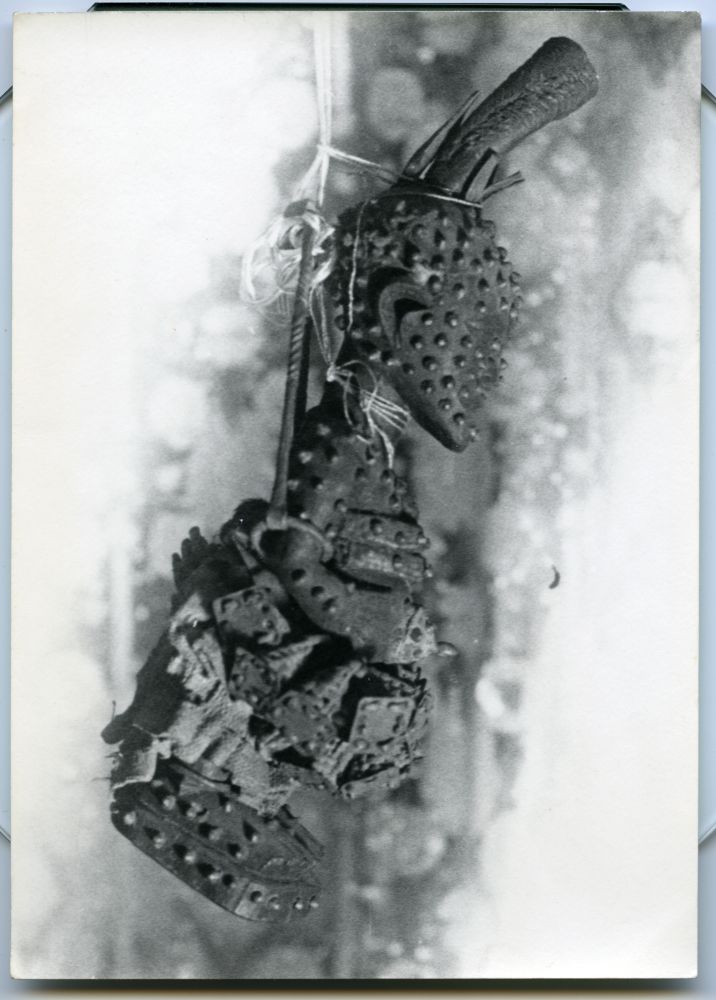
In these two photographs we can see that the organic elements (no doubt animal fur) protruding from either side of the figure’s head have disappeared. These were probably removed for "aesthetic" reasons given the alteration often seen over time to the fragile elements of Congolese power figures.
A long photographic history such as this is atypical; it illustrates as much the process by which a work of art becomes famous, as the result of that fame. With the ongoing digitalisation of Belgian and international periodicals, old books and archives, it is sometimes becoming easier to trace the circulation of certain objects in the museum's collections... and maybe, in the long term, to trace their provenance.
A sizeable collection for the museum
Containing nearly 3,000 objects, the former collection of dealer and collector Jeanne Walschot accounts for nearly 2% of the museum's ethnographic pieces.
Some thirty objects from this formerly private collection are currently exhibited in the museum's permanent rooms.
Text compiled from a draft by Agnès Lacaille based on specific research and a synthesis of the data below.
SOURCES
Interviews: Edinamaria Foldessi ("Africa" curator, Museum of Budapest), Hein Vanhee (AfricaMuseum).
Archives:
- Ethnography Section: "Walschot" & Fonds Walschot acquisition records
- Germaine Images
Bibliography:
- Baeke Viviane, Le sensible et la Force, Tervuren, RMCA, 2004, 88 p.
- Hilton-Simpson, M. W. (Melville William), Land and peoples of the Kasai; being a narrative of a two years' journey among the cannibals of the equatorial forest and other savage tribes of the south-western Congo, London, Constable, 1911, p. 43
- Olbrechts F.M., Plastiek van Kongo, Antwerp - Brussels - Ghent - Leuven, N. V. Standaard-Boekhandel, 1946, 165 p.
- Petridis Constantijn, Frans M. Olbrechts (1899-1958). Op zoek naar kunst in Afrika, Antwerp, Etnografisch Museum, 2000, 327 p.
- Torday Emil, & Joyce M.A., Notes ethnographiques sur des populations habitant les bassins du Kasaï et du Kwango oriental, Annales du musée du Congo belge, tome II, fasc. 2, pp. 26-27, fig. 11 d et 12c.
The information contained in this article is mostly based on resources available at the museum (archives, publications, etc.). The object's biography can therefore still be developed further. Do you have any comments, information or stories to share about this object or this type of object? Please contact us at: provenance@africamuseum.be.
In the framework of the Taking Care project.

